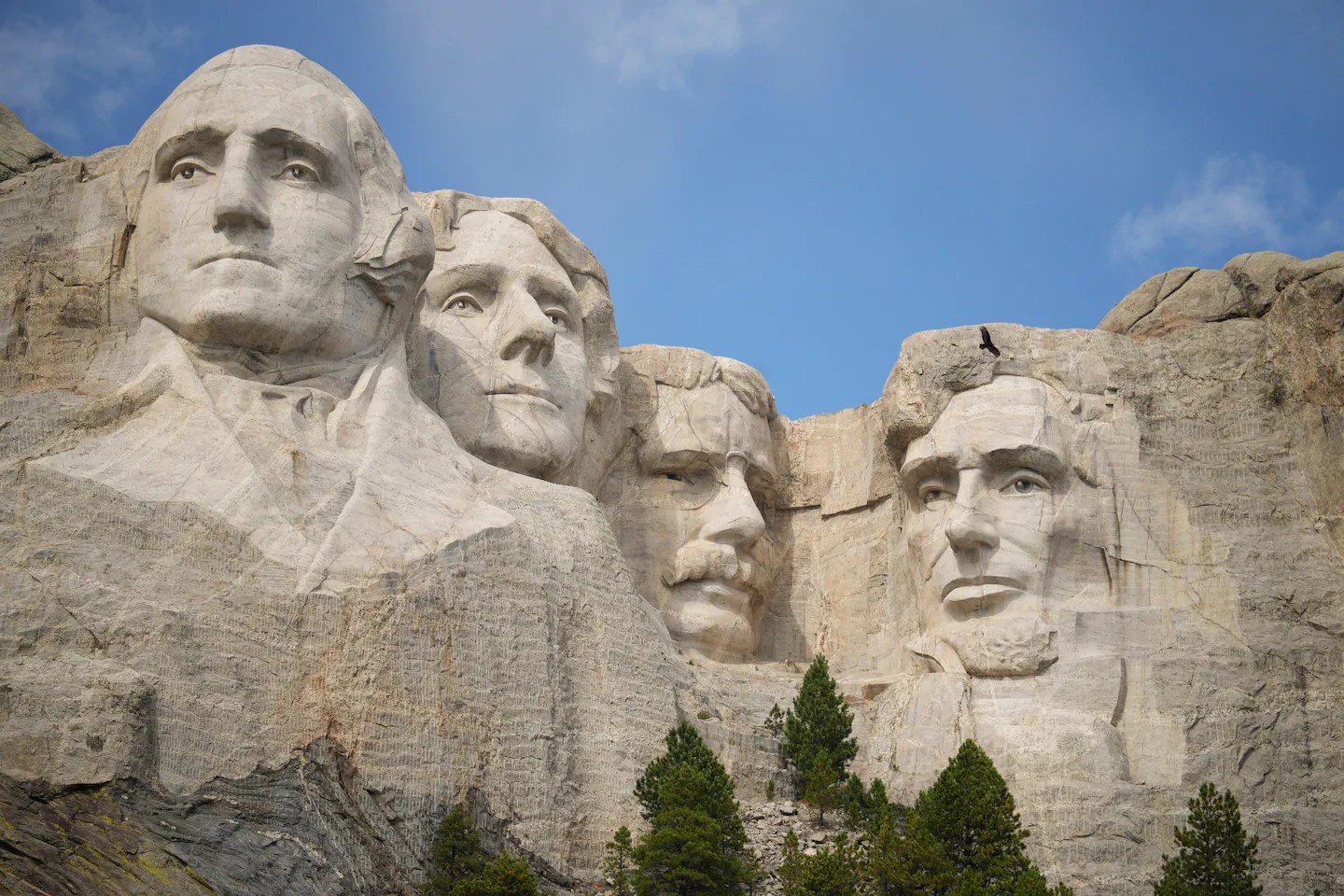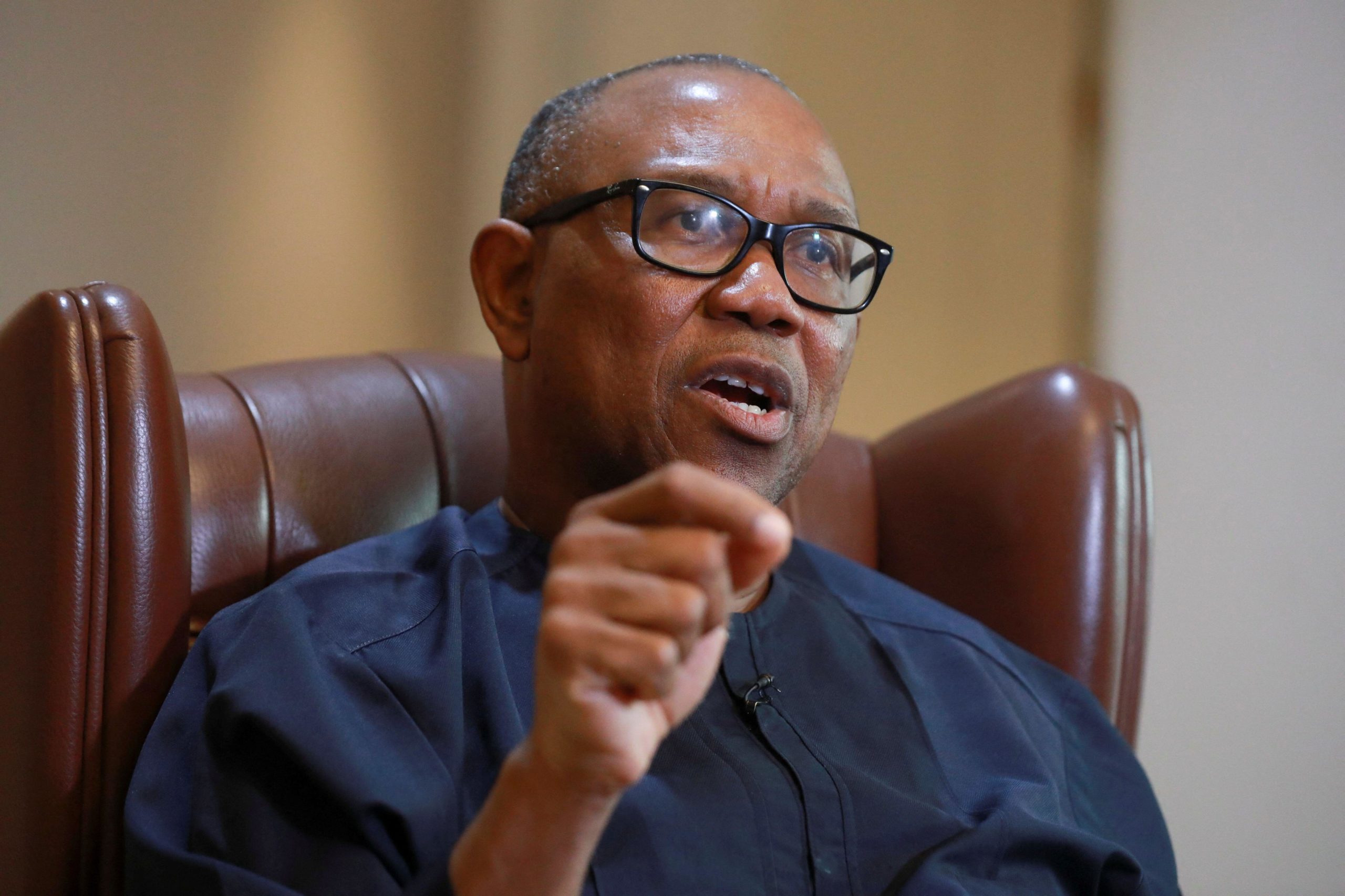Copyright The Boston Globe

The Rapid City Daily Journal waxed rhapsodic that morning about the memorial’s potential. “It is the most stupendous undertaking of its kind in all of history. It is epoch-making,” the paper wrote. Though the sculpting of Mount Rushmore did not begin that day, what began were debates centered around a question that still surrounds this most American of memorials: What does it mean? With many conservatives clamoring to have President Trump carved on Mount Rushmore and the memorial poised to play a key role in the nation’s 250th birthday next year, this question is newly pertinent. Yet trying to answer it only gets you so far. This is because how you view Mount Rushmore reflects how you view the narratives and memorialization of American history. The idea for a sculpture in the Black Hills came not from Borglum or the federal government but from South Dakota state historian Doane Robinson, who wanted to diversify his state’s economy following the collapse of commodities markets after World War I. Robinson envisioned sculptures that honored figures from the American West — Red Cloud, Lewis and Clark, George Armstrong Custer — and would attract the growing number of regional car tourists. But when he hired Borglum as the artist, the project transformed into an ambitious piece of political art. Borglum, who was 58 when he climbed Mount Rushmore on Oct. 1, had just been fired from sculpting the Stone Mountain Confederate Memorial outside Atlanta. The Ku Klux Klan ran Stone Mountain, and though Borglum was sympathetic to Klan ideas and friendly with its leadership, conflicts over money and vision had led to his firing. This abrupt dismissal devastated him personally and professionally, and as he stood atop Rushmore months later, he knew he couldn’t fail in what he called his “Northern” memorial. He needed Rushmore to transcend, not just succeed. Borglum envisioned a sculpture that represented the American political system, which he felt was the apotheosis of Western civilization. He chose to build a memorial celebrating American expansion and empire. On Oct. 1, in front of those thousands of spectators, he raised an American flag on the mountain’s apex, and in a booming voice he announced “Providence” decreed that a national memorial should be erected. Borglum’s initial vision of Mount Rushmore and his interpretation of American history hew closely to the narratives of Trump and other conservatives — a vision of American excellence and exceptionalism, of manifest destiny. It is a vision that propelled Trump to give a narrow speech on American history on July 3, 2020, at Mount Rushmore, and one that entices conservative lawmakers to try to add his likeness to the mountain, even though it is structurally impossible. Since its first dedication, the meaning of Mount Rushmore has continually evolved, with interpretations that are today subsumed in the broader conservative project to tell a singular narrative of American history and Mount Rushmore itself. During its construction, from 1927 to 1941, conceptions of the memorial shifted from ideas of empire to those of patriotism and democracy. As Europe confronted fascism in the 1930s, President Franklin Delano Roosevelt hoped the in-progress memorial could be an inspiration for international democracy. Construction on the memorial halted just five weeks before Pearl Harbor, and in the years following World War II, amid the tensions of the Cold War, Mount Rushmore came to stand as a steadfast representation of American freedom. In the 1970s, as Native American political consciousness grew into political activism, the memorial evolved yet again. Many, especially men and women belonging to the Lakota Nation, came to see Rushmore as a reflection of America’s genocidal march west, when millions of Native people were killed because of the manifest destiny Rushmore celebrated. Protests were held at Rushmore, and court cases challenging ownership of the Black Hills wound their way through the judiciary. In 1980, the Supreme Court ruled that the United States broke the 1868 Treaty of Fort Laramie when it took the Hills from the Lakota Nation in 1877. The court described the theft as “ripe and rank” and ordered the United States to pay $102 million, money the Lakota continue to refuse because they want their land back, land that includes Mount Rushmore. Today, people’s perceptions of Rushmore reflect their perspective of American history: Are the four men on the mountain and what they represent something to be celebrated unreservedly? Or should the memorial allow reflection upon how often we have fallen short of our stated ideals? Is there room at Mount Rushmore — is there room in American history — for a complicated middle? It is a hard ask for a memorial to embody historical complications, especially one as controversial and divisive as Mount Rushmore. Rushmore’s meaning will never be as solid as the granite into which it was carved. It will be a battleground for ideas of American history and culture for as long as it or the United States exists. Yet despite its current appeal to MAGA America, Rushmore contains within itself the potential for a broader story, one more attuned to the complications of American history and the ongoing American experiment that has almost lasted 250 years. It is an interpretation we must seize to both honor our past and build a lasting future for all Americans.



